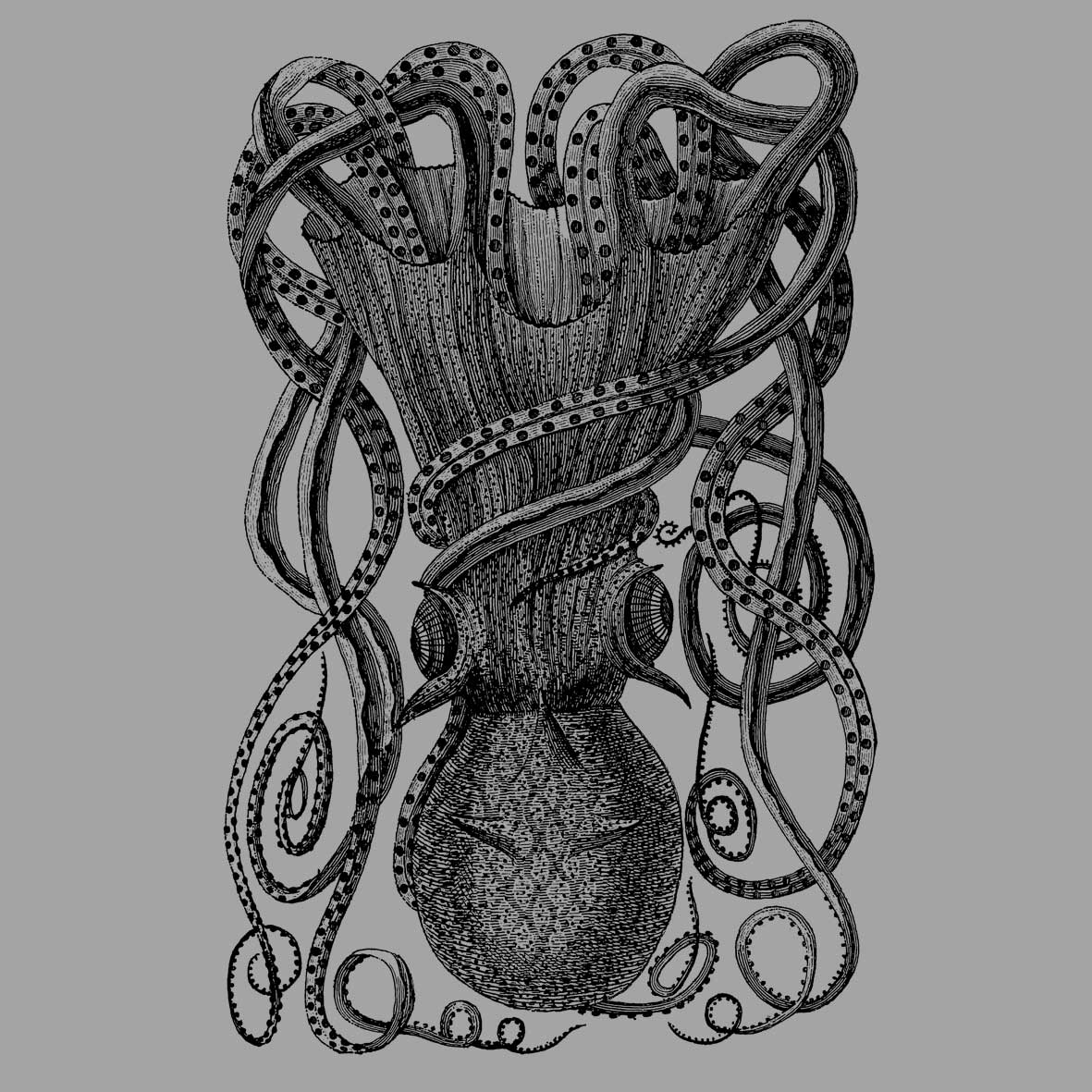How Did Fighters in the Middle Ages Armour Themselves?
Have you ever wondered how the armour worn by soldiers and knights in the middle ages protected them? Many people will be familiar with the sight of a knight dressed in a full suit of shining armour, but how exactly did armour work? This article will examine different types of protective wear used in medieval times alongside magnificent illustrations from our pictorial archive, Brutal Weapons and Armour; An Image Archive For Artists and Designers. Read on to find out more!
The word "helmet" comes from the word "helm," an Old English term used to describe a protective head covering. A helm shielded the wearer's head from blows and projectiles such as arrows and spears.
A helm is an essential protective component covering the face, head, and sometimes the neck. Over time, their shapes and styles evolved; early helms were simple flat-topped cylinders of steel that completely encapsulated the head and had small openings for ventilation and visibility. These designs grew more curved at the top to deflect or reduce blunt force trauma. Some helms incorporated extra layers of chainmail or thick leather to provide additional comfort and safety against sword blows and arrows.
Wealthy warriors could commission bronze or steel helms with intricate engravings or religious symbols. More sophisticated helmets began to appear during the Middle Ages, and people started incorporating visors and cheek guards to provide increased security while allowing greater visibility during battle.
Mail, sometimes called chain mail or maille, is armour made from small metal rings linked together in a pattern to form a mesh typically composed of iron, brass or steel. The most common pattern for mail in Europe was the 4-to-1 pattern, where each ring is linked with four others. Mail was used widely in Europe between the 3rd century BC and 16th century AD and even longer in Asia and North Africa. A coat of armour made from mail is called a hauberk or byrnie. A typical hauberk resembled a long-sleeved tunic that fell to mid-thigh. It could weigh around 8 – 10 kilos (18 – 22 lbs). The hauberk's weight was broadly distributed around the wearer's body, and it was relatively easy to carry and move around. This illustration shows two men wearing a hauberk, one with a tunic over the top, which allowed him to display a coat of arms.
People usually wore mail over a layer of wool or cotton fabric. Mail could also be worn directly against the skin with special undergarments underneath it for added protection and to reduce irritation caused by rubbing against the skin.
Mail was popular among soldiers due to its ability to protect them against slashing blows from edged weapons and certain forms of thrusting weapons like spears and arrows. However, it was not as effective at blocking sharp thrusts from swords and knives, so people sometimes wore additional armour over their mail. One such example is a brigandine, a body armour resembling a doublet. It was usually sleeveless, consisted of metal plates riveted between thick cloth or leather, and covered the chest, shoulder and arms for better protection against slashing blows from edged weapons.
What Are Spaulders?
Spaulders were worn as part of a suit of armour by knights in the Middle Ages to protect the shoulders. They consisted of a single plate or two of steel or iron attached to the upper cannon or rerebrace, either by leather straps or rivets. These pieces of armour provided adequate protection for the knight's shoulders without sacrificing mobility during a battle; this allowed them to move freely but with protection.
Spaulders only covered the shoulder area. The gaps between the two plates could be filled with besagews – articulating plates made from metal or leather designed to protect the armpit or left empty and protected with mail. In some cases, knights would also wear additional riveted iron plates, known as lames, over their spaulders for protection against slashing weapons. Spaulders were the inspiration for pauldrons which provided shoulder protection and covered armpits.
Spaulders could be decorated with patterns or symbols such as family crests or heraldic devices.
What is A Rondache Shield?
The use of shields for protection in warfare in the Middle Ages was commonplace, and the shield provided an additional layer of defence against arrows, spears, swords and other weapons. They came in various shapes and sizes, ranging from large oval-shaped shields big enough for a man to hide behind to avoid arrows to smaller, round, lightweight shields.
The rondache or roundel shield is a type of round shield that was popular among foot soldiers during the Late Medieval and Renaissance period. These shields were made of lightweight wood, which had been tightly bound with sinews or ropes and covered with either leather or metal plates decorated with geometric designs or figures made from nails arranged in concentric circles. The Rondache Shield was widespread among the foot soldiers of Northern Italy in the 15th century. It protected its user from most attacks, including sword stabs, arrow fire or spears thrown at close range. Due to its size, it gave its user more mobility than other larger shields while still providing adequate coverage and protection against enemy fire. This illustration below depicts a roundel shield with 28 steel flames on a background of green velvet.
Interested in Learning More?
Expect to find imagery of brutal weapons, including maces, axes, swords, crossbows, daggers, spears, shields, hammers, polearms, muskets, ornamental helmets, war horses in articulated armour, men at arms and much more.
Image Download Included:
We have carefully restored the artwork and provided a download link within the publication where you will locate high-resolution files in JPEG format to speed up your workflow. No scanning is necessary! Follow the instructions found within the book and gain instant access to all images featured.











